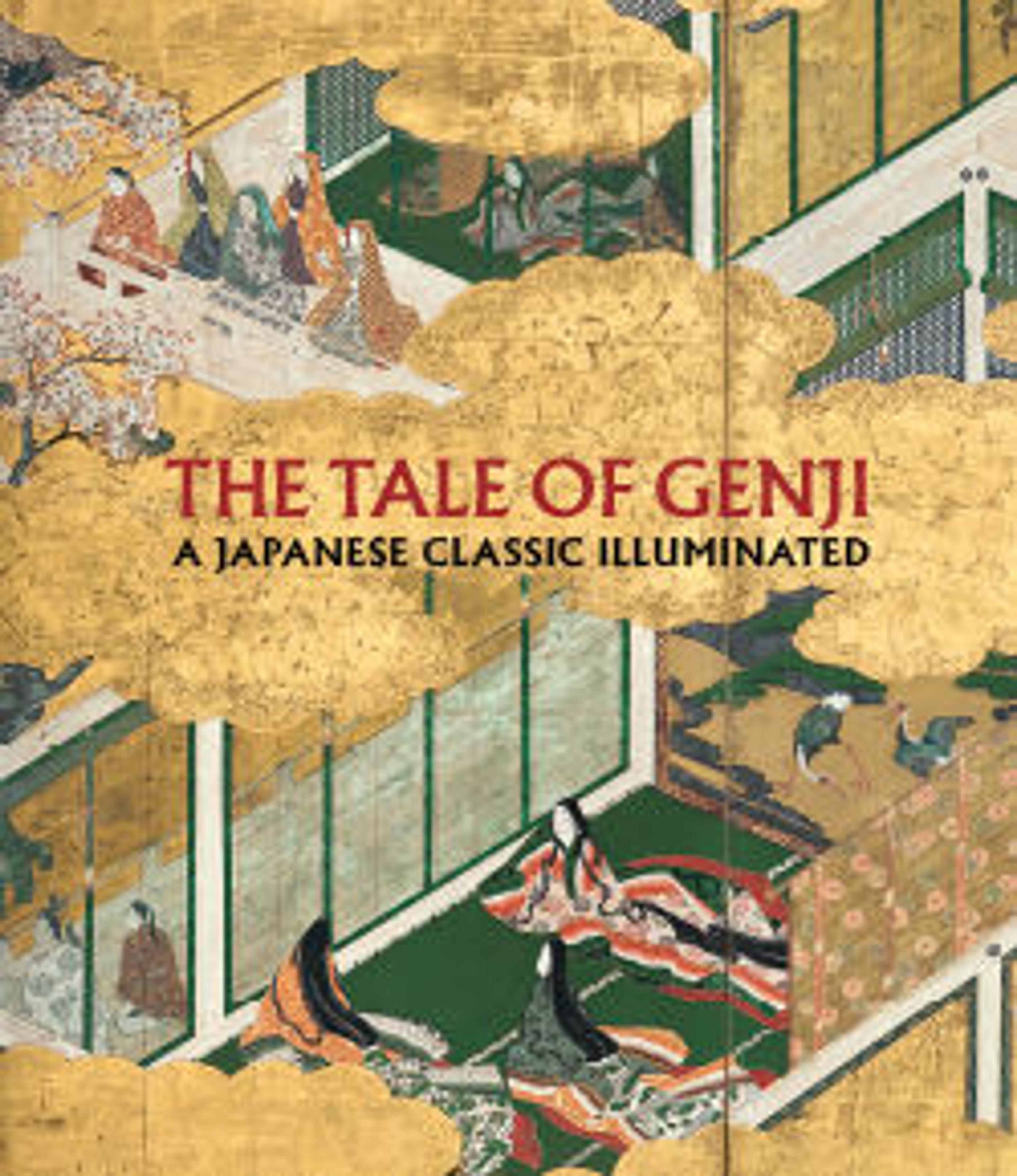Shelf for Cosmetic Boxes (Kuro-dana) with Pine, Bamboo, Cherry Blossoms, and Crests of the Matsudaira and Shimazu Families
This display shelf was created as one of the centerpieces of a wedding trousseau that probably included more than fifty lacquer accessories and pieces of furniture, thirty-one of which were acquired by The Met in 1910. It was commissioned to celebrate the marriage of Princess Taka (1809–1862), from the wealthy and influential Shimazu clan, and a son of the Matsudaira clan, which ruled over the Kuwana domain of Ise province (present-day Mie prefecture). The two family crests on the piece—the cross shape of the Shimazu and the stylized plum flower of the Matsudaira—symbolize the union. The shelves, decorated with an unusual combination of auspicious symbols (pine, bamboo, and cherry blossoms), held mainly cosmetic boxes, including the utensils for tooth blackening (haguro), a custom of high-ranking women after their weddings.
Artwork Details
- 松竹桜紋散蒔絵黒棚
- Title:Shelf for Cosmetic Boxes (Kuro-dana) with Pine, Bamboo, Cherry Blossoms, and Crests of the Matsudaira and Shimazu Families
- Period:Edo period (1615–1868)
- Date:early 19th century
- Culture:Japan
- Medium:Lacquered wood with gold and silver takamaki-e, hiramaki-e, and togidashimaki-e, and cutout gold- and silver-foil application on gold nashiji (“pear-skin”) ground
- Dimensions:H. 27 9/16 in. (70 cm); W. (top shelf) 30 5/16 in. (77 cm); D. (top shelf) 14 15/16 in. (38 cm)
- Classification:Lacquer
- Credit Line:Purchase, John and Pauline Gandel Gift, 2015 Benefit Fund, Brooke Russell Astor Bequest and Acquisitions Fund, 2016
- Object Number:2016.167
- Curatorial Department: Asian Art
More Artwork
Research Resources
The Met provides unparalleled resources for research and welcomes an international community of students and scholars. The Met's Open Access API is where creators and researchers can connect to the The Met collection. Open Access data and public domain images are available for unrestricted commercial and noncommercial use without permission or fee.
To request images under copyright and other restrictions, please use this Image Request form.
Feedback
We continue to research and examine historical and cultural context for objects in The Met collection. If you have comments or questions about this object record, please contact us using the form below. The Museum looks forward to receiving your comments.
